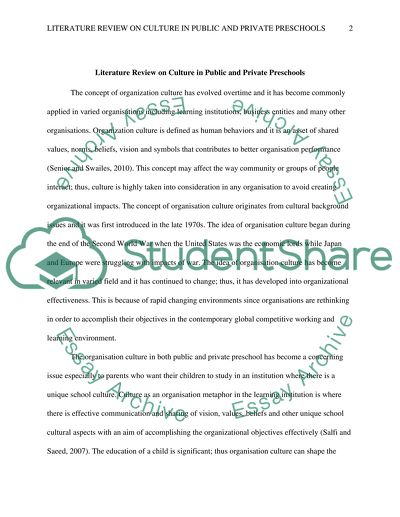Cite this document
(“Literature Review on Culture in Public and Private Preschools Essay”, n.d.)
Literature Review on Culture in Public and Private Preschools Essay. Retrieved from https://studentshare.org/education/1481366-literature-review-on-culture-in-public-and-private-preschools
Literature Review on Culture in Public and Private Preschools Essay. Retrieved from https://studentshare.org/education/1481366-literature-review-on-culture-in-public-and-private-preschools
(Literature Review on Culture in Public and Private Preschools Essay)
Literature Review on Culture in Public and Private Preschools Essay. https://studentshare.org/education/1481366-literature-review-on-culture-in-public-and-private-preschools.
Literature Review on Culture in Public and Private Preschools Essay. https://studentshare.org/education/1481366-literature-review-on-culture-in-public-and-private-preschools.
“Literature Review on Culture in Public and Private Preschools Essay”, n.d. https://studentshare.org/education/1481366-literature-review-on-culture-in-public-and-private-preschools.


